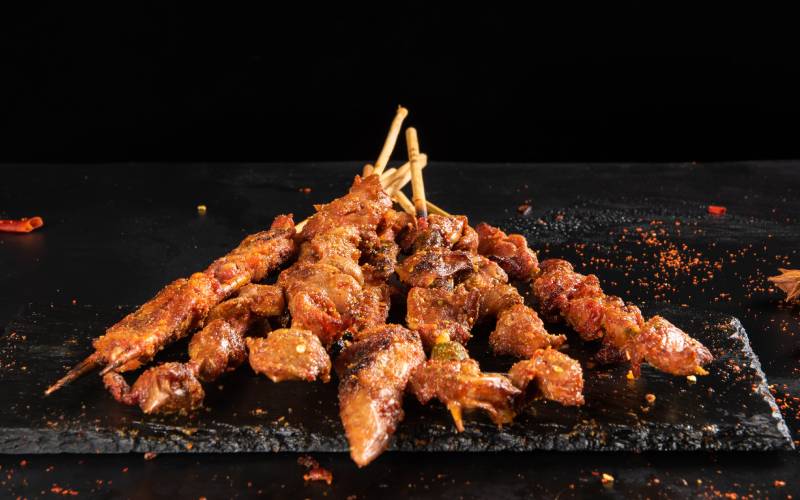×
The Standard e-Paper
Kenya’s Boldest Voice

To date, the gizzard remains a preserve of Luhya men. [Courtesy]
Fear is a powerful emotion that was used to impart positive values in African children. And it was aptly used to keep the young ones on the straight and narrow.